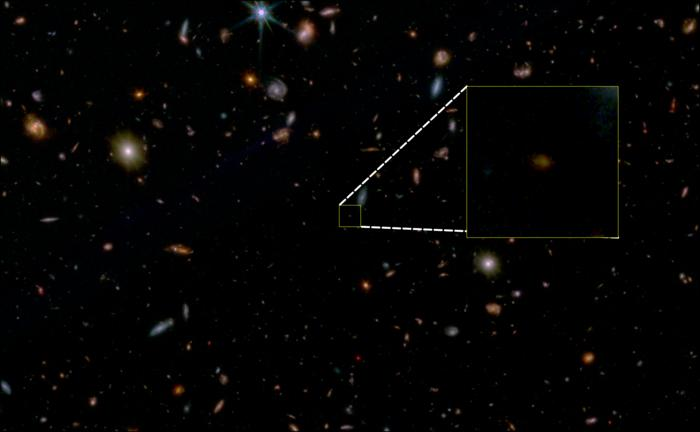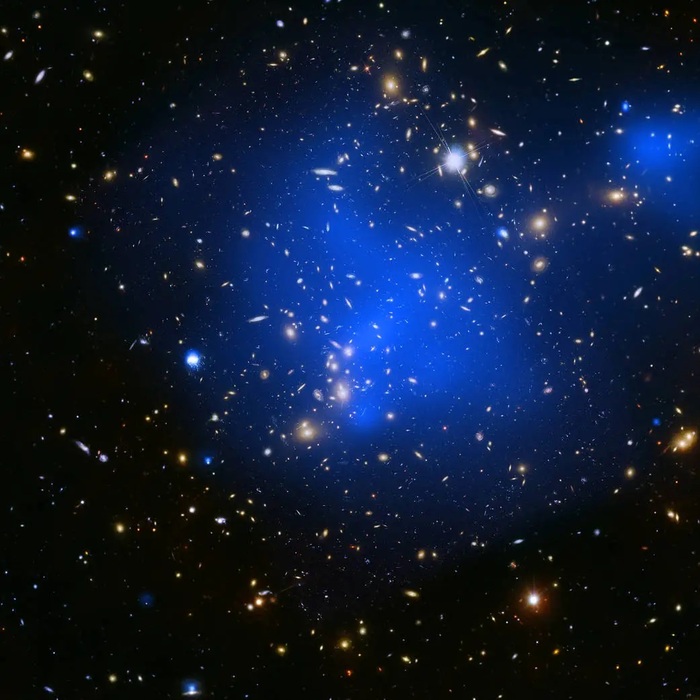As new scientific results begin to emerge from its observations, the powerful James Webb telescope continues to show its potential with detailed and spectacular views of ancient celestial bodies, such as the recently released image of the Cartwheel Galaxy.
Because of the new telescope's high-precision instruments, this galaxy's individual stars and star-forming regions can now be observed at high resolution.
The Webb telescope has also revealed the behavior of the black hole at the center of the Cartwheel Galaxy, a formation located about 500 million light-years away in the Sculptor constellation.
According to Webb scientists, the Cartwheel is a rare lenticular galaxy that was once shrouded in dust and mystery.
The galaxy formed as a result of a collision between a large spiral galaxy and a smaller galaxy, which caused massive changes throughout the Cartwheel Galaxy's structure.
The collision caused the resulting galaxy to sport two rings: a bright inner one and a surrounding colorful one.
“These two rings expand outwards from the center of the collision, like ripples in a pond after a stone is tossed into it.
Because of these distinctive features, astronomers call this a 'ring galaxy,' a structure less common than spiral galaxies like our Milky Way,” the European Space Agency (ESA) explained in a press release.
The James Webb telescope is an expensive and sophisticated scientific observatory that was launched into space on December 25. A few weeks later, it reached its orbit 1.5 million kilometers away from Earth.
US President Joe Biden presents the Webb telescope's first images.
They show the potential of the space observatory, which was developed in collaboration with Europe and Canada.
Webb can see further into the universe than any other telescope, and it can even capture light from the first stars born after the Big Bang, 13.7 billion years ago.

/cloudfront-eu-central-1.images.arcpublishing.com/prisa/X5OMY3WVUK6OYQJJOBWG4C6NO4.jpg)





/cloudfront-eu-central-1.images.arcpublishing.com/prisa/PA5TT2ZCYBDNLEAREMUPESRVOM.jpg)

